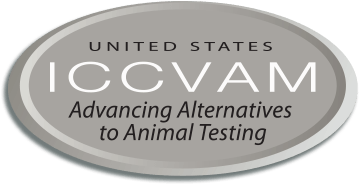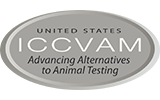OrbiTox: a computational translational discovery platform for data mining and read-across
Visualization tools to navigate chemical space have become more important due to the increasing size and diversity of publicly accessible compendiums of high-throughput screening (HTS) and other effects data. OrbiTox uniquely addresses this need by offering an interactive and immersive 3D environment for visualization of millions of chemicals and their known or predicted activity against gene targets along with available animal study data. By organizing activity in “data domains” as concentric circles, the tool facilitates translational discovery by inferring knowledge from connections across multiple data domains. OrbiTox has a rich, user-friendly interface, offering almost instantly refreshing visualizations along with extensive gap-filling capabilities. The repository contains 37 QSAR models for Tox21 assays at 10 uM and 100 uM thresholds, 13 Ames mutagenicity models (including ten bacterial strain-specific assays), and five cardiotoxicity assays. These models use Saagar molecular fingerprints (Sedykh et al. 2021), which provide chemistry-backed reasoning for each prediction. Based on the structural features and motifs responsible for a prediction, the user can hypothesize mechanistic steps for a given chemical or identify favorable or unfavorable chemotypes for a desired property profile and/or prioritize experimental testing. The January 2024 release will include major architecture and feature updates, with QSAR reports generated as PDFs, an additional 29 Saagar features, and the addition of QSAR models for Ames mutagenicity and cardiotoxicity. The June 2024 release will add 304 ToxCast assays, six cardiotoxicity models, carcinogenicity models, and metabolic similarity evaluations for read-across.



